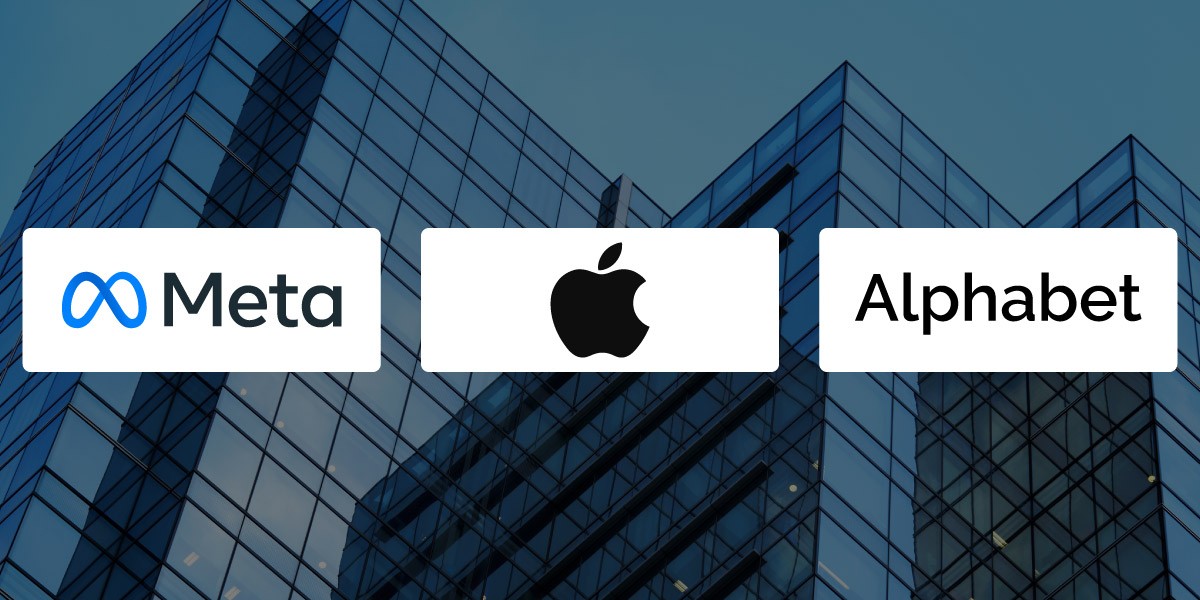
More on News
PM Modi Discusses Role of Technology in Agriculture, Education, and Health with Bill Gates
-
Team Eela
Artificial intelligence (AI) has experienced significant advancements from the 1950s until early 2023. These improvements include the progression from machine learning (ML) to deep learning (DL), enabling AI to simulate human responses (conversational AI), recognize images (computer vision), and generate various forms of digital content, such as text, images, audio, and video (generative AI or GAI).
Among the recent technological breakthroughs, GAI has captured the public’s fascination, particularly in the form of ChatGPT, Markets and Markets published in its report. Developed by OpenAI and released in late 2022, ChatGPT swiftly became the fastest-growing consumer application, amassing 100 million downloads within two months of its launch. Acting as a chat-based interface, ChatGPT empowers users to generate diverse forms of text-based media, including code, essays, reports, and more. Additionally, other GAI variants facilitate the creation of audio, video, images, games, and 3D models, among other digital content.
The convergence of AI algorithms, specialized processors, cloud computing, and vast, categorized datasets marked a turning point for GAI, exemplified by the introduction of ChatGPT. This innovative technology opens doors to numerous applications, such as responding to queries, composing essays and reports, writing code, crafting marketing materials, and summarizing legal contracts.
The integration of GAI into various software tools, including integrated development environments for programmers, photography and image editing software, video editors, and 3D modeling tools, is expected to unfold gradually over the coming years.
Content marketing: GAI is being used by businesses to create content that attracts and engages customers. For example, ChatGPT can generate blog posts, articles, and other written content.
Education: GAI is being used to create educational content that is more engaging and interactive than traditional textbooks. For example, GAI can be used to create interactive simulations, quizzes, and games.
Entertainment: GAI is being used to create new forms of entertainment, such as movies, TV shows, and video games. For example, GAI can generate realistic characters, environments, and storylines.
GAI’s integration into these tools holds the potential to alleviate mundane tasks while simultaneously enhancing consumer applications and media creation processes. Much like electricity’s seamless integration into our daily lives, GAI will become an indispensable part of software functionality, serving as a digital assistant for content creation, inspiration, review, and summarization.
Furthermore, GAI revolutionizes digital content creation by introducing novel use cases that challenge existing consumer and enterprise workflows. As GAI models evolve and offer new capabilities, enterprises will gradually replace outdated workflows with more efficient alternatives, determining the optimal division of tasks between GAI and human involvement. This iterative process will persist as new model capabilities emerge, shaping the future landscape of content creation.

More on News

More on News